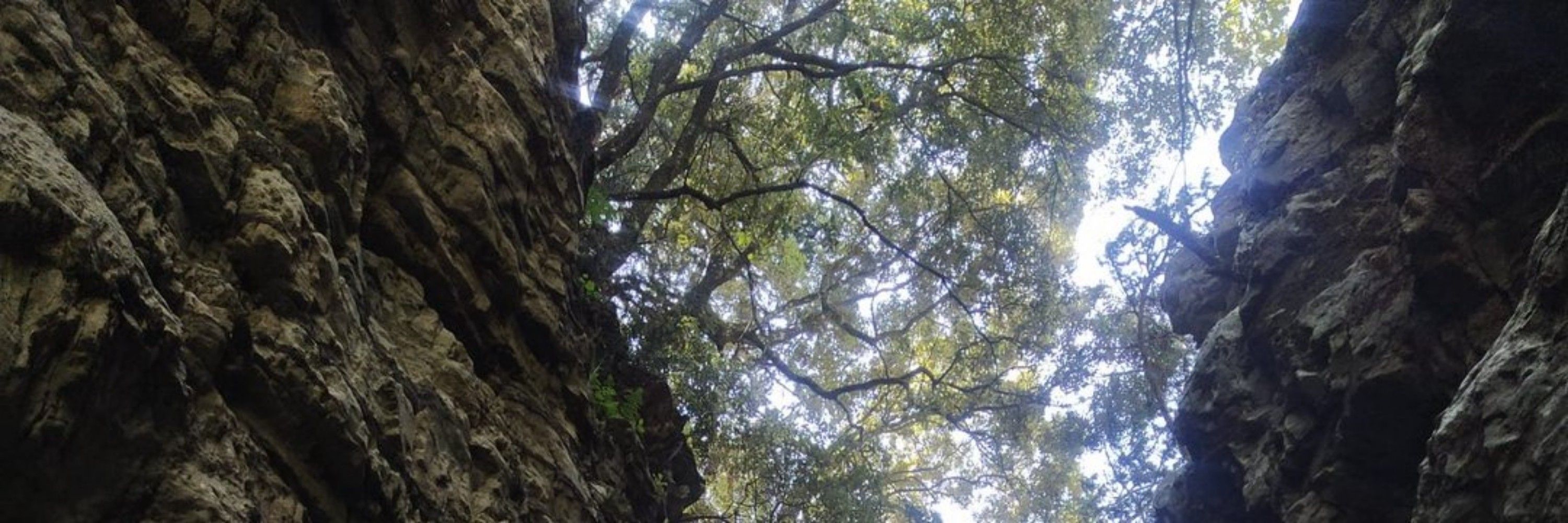
Website: https://sabifo4.github.io/
GitHub: https://github.com/sabifo4
Linktree: https://linktr.ee/sabifo4





github.com/sabifo4/LUCA...

github.com/sabifo4/LUCA...



github.com/sabifo4/LUCA...

github.com/sabifo4/LUCA...




